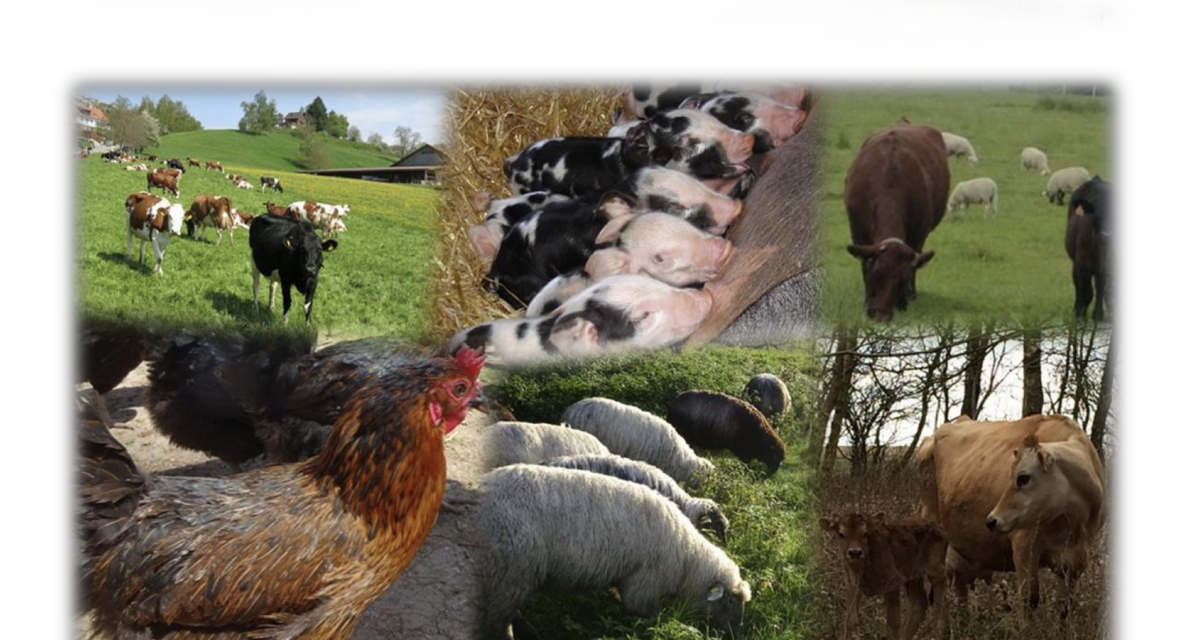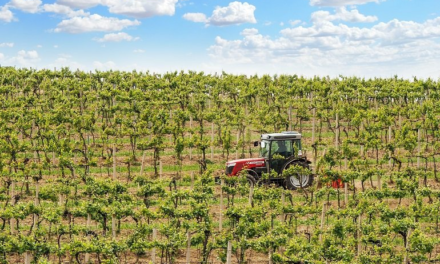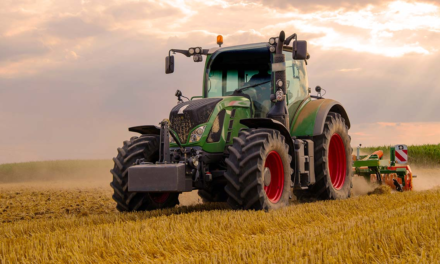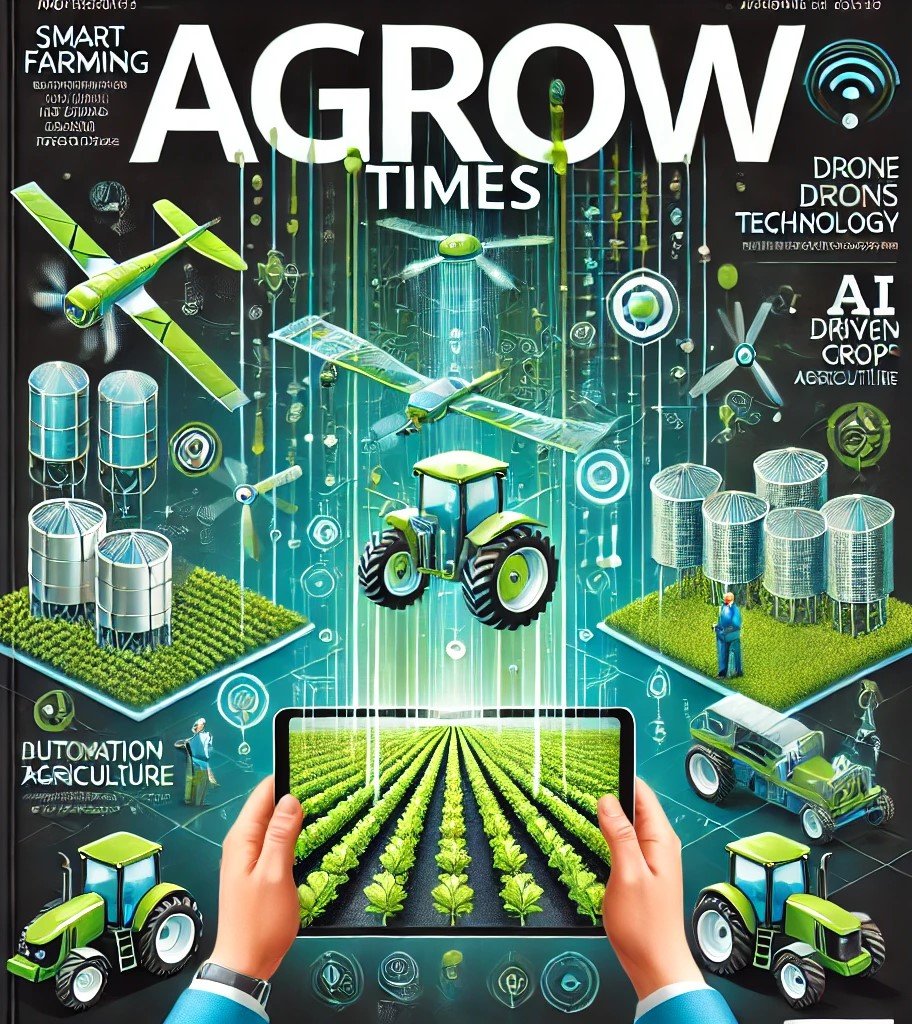Sustainable animal husbandry in agriculture focuses on balancing productivity with environmental conservation, animal welfare, and economic viability. Here are the best practices:
1. Animal Welfare and Health Management
- Ensure Proper Living Conditions: Provide clean water, adequate shelter, ventilation, and space for natural behavior.
- Disease Prevention: Implement vaccination programs, parasite control, and biosecurity measures to minimize disease outbreaks.
- Reduce Antibiotic Use: Use antibiotics only when necessary and under veterinary supervision to avoid resistance issues.
- Regular Health Monitoring: Conduct periodic veterinary checkups to ensure animal well-being.
2. Feed Management and Nutrition
- Use Locally Sourced Feed: Minimize environmental impacts by sourcing feed from nearby, sustainable sources.
- Balanced Diets: Provide species-specific and life-stage-appropriate nutrition, ensuring optimum health and productivity.
- Avoid Overdependence on Soy and Corn: Diversify feed sources to reduce monoculture impacts and carbon footprint.
- Promote Grazing: Encourage pasture-based systems for ruminants to reduce reliance on intensive feeding.
3. Waste Management and Recycling
- Manure Management: Convert livestock waste into organic fertilizers (compost, bio-slurry) to enhance soil fertility.
- Biogas Production: Use anaerobic digesters to generate biogas from manure for renewable energy.
- Minimize Water Pollution: Properly store and treat animal waste to prevent runoff into water bodies.
4. Sustainable Land Use
- Rotational Grazing: Rotate animals across pastures to prevent overgrazing, maintain soil health, and allow vegetation recovery.
- Agroforestry Integration: Combine livestock farming with trees and crops to improve biodiversity and carbon sequestration.
- Manage Stocking Density: Avoid overcrowding to prevent soil compaction, overgrazing, and environmental degradation.
5. Biodiversity and Genetic Resource Management
- Breed Local/Resilient Varieties: Use indigenous breeds adapted to local climates, requiring fewer inputs and showing greater disease resistance.
- Diversify Livestock: Maintain genetic diversity by avoiding over-reliance on a single breed or species.
6. Water and Resource Efficiency
- Efficient Water Use: Implement water-saving practices, such as rainwater harvesting and water recycling.
- Optimize Energy Usage: Use renewable energy sources (solar, biogas) for farm operations.
7. Climate-Smart Practices
- Reduce Methane Emissions: Improve ruminant diets with supplements like seaweed to reduce methane production.
- Integrate Silvopasture: Combine grazing lands with trees to reduce greenhouse gases and provide shade.
- Adopt Precision Livestock Farming: Use technologies like sensors, GPS, and automation to optimize feed, water, and health monitoring.
8. Sustainable Waste-to-Resource Approaches
- Composting: Turn animal bedding and manure into organic compost for crop production.
- Circular Farming Systems: Integrate livestock farming with crop production to close nutrient loops.
9. Education and Training
- Train Farmers: Educate farmers on animal health, resource conservation, and sustainable practices.
- Adopt Innovations: Use modern tools like AI, drones, and IoT for efficient farm management.
10. Promote Ethical Practices
- Reduce Factory Farming: Shift from intensive, confined systems to pasture-based or free-range systems.
- Encourage Certifications: Adopt standards like Certified Humane or Organic to ensure ethical and sustainable practices.









